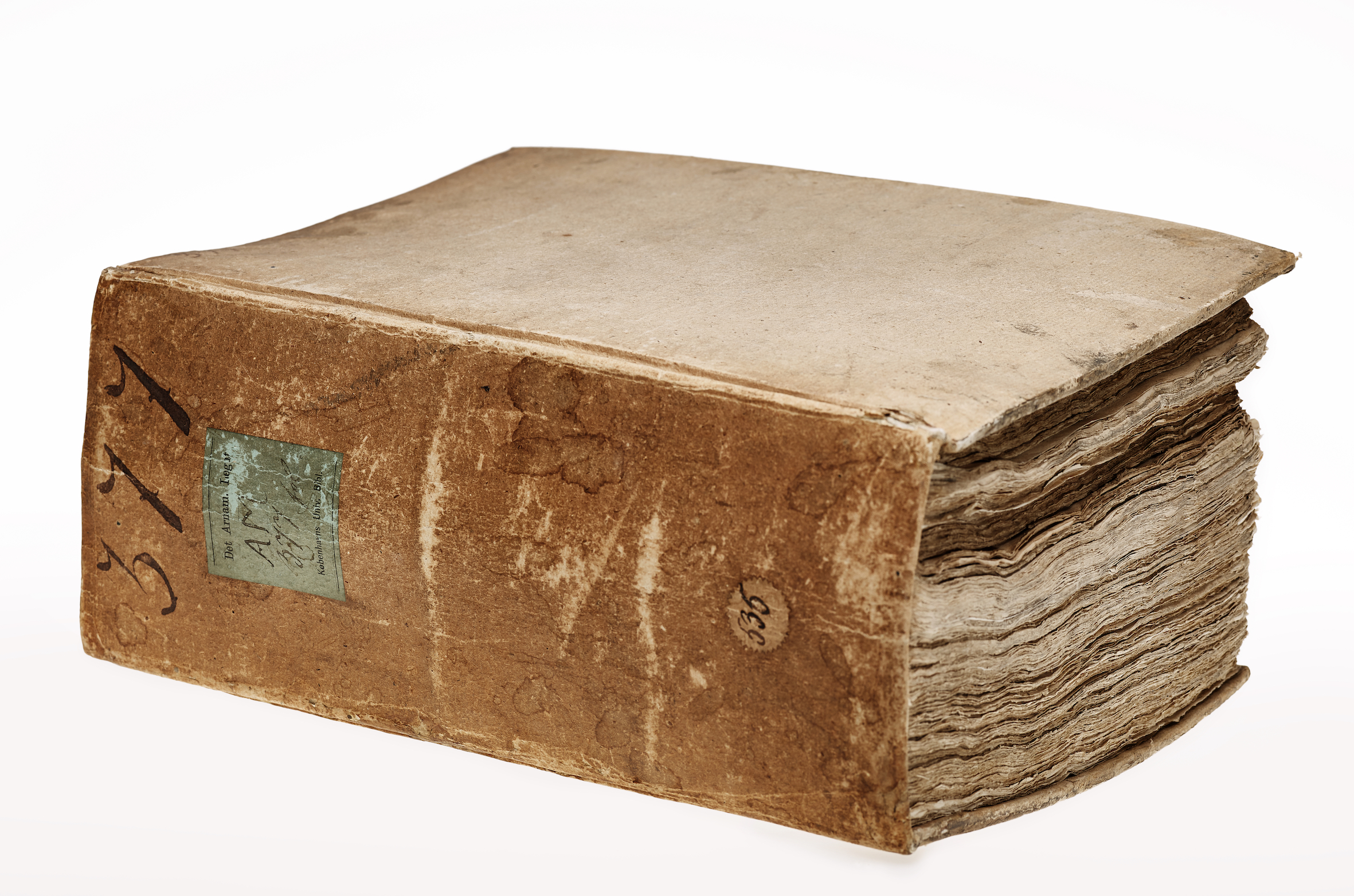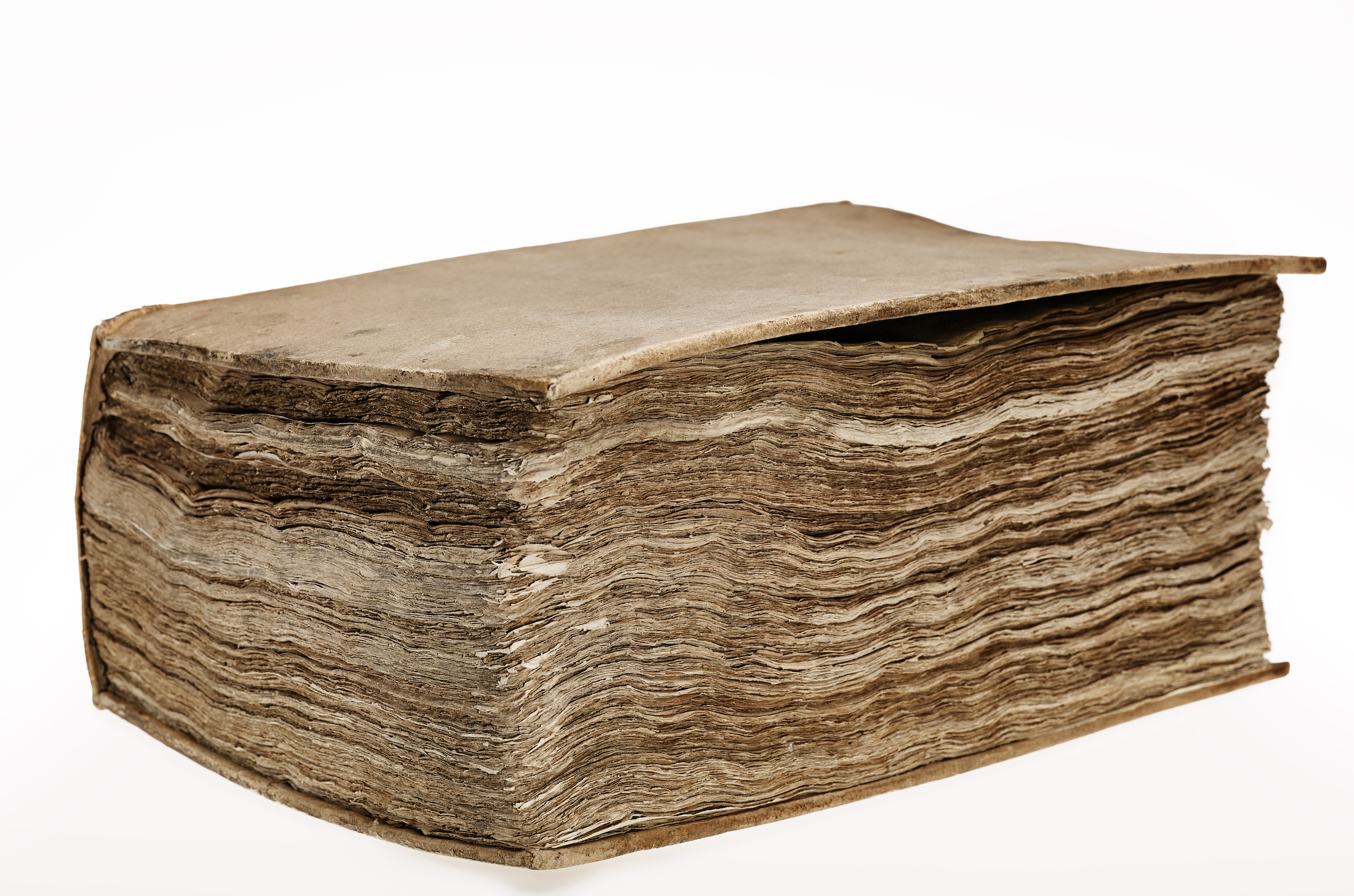Hernando Colón’s Book of Books: AM 377 fol.
One of the manuscripts in the Arnamagnæan Collection, AM 377 fol., has recently been identified as having belonged to Hernando Colón, son of the famous navigator Christopher Columbus.
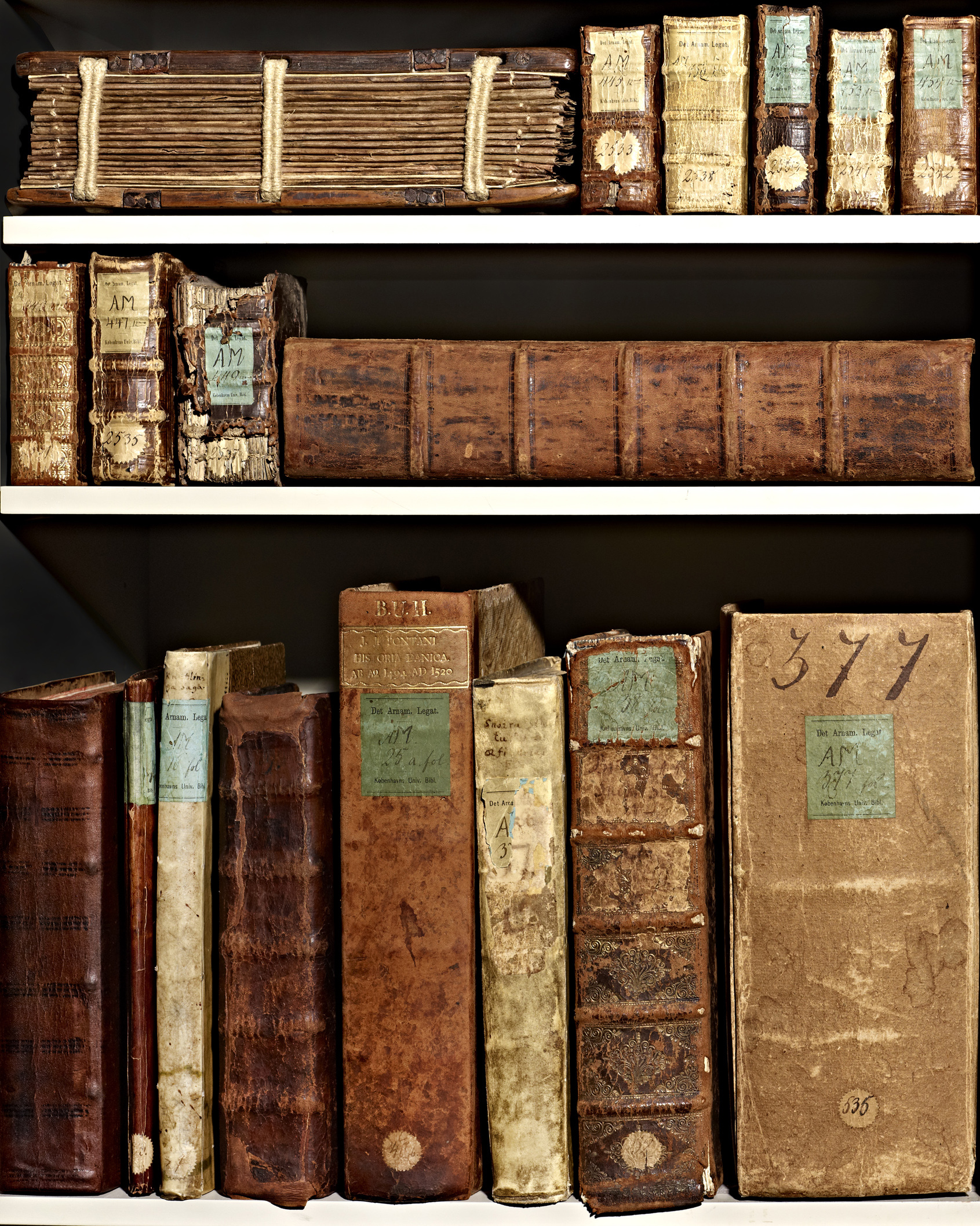
The Path to the Rediscovery of a Forgotten Manuscript
Named after its founder, the Icelandic philologist and historian Árni Magnússon (1663–1730), the Arnamagnæan Collection is primarily renowned for its Icelandic and other early Scandinavian manuscripts, which have been the subject of innumerable studies and the basis for many text-editions over the centuries. The one hundred or so manuscripts in the collection which originate elsewhere have received far less attention, however. All of the manuscripts, including the non-Nordic ones, have been described in the comprehensive printed catalogue of the collection, Katalog over den Arnamagnæanske Haandskriftsamling, which was prepared by Kristian Kålund over a century ago. Since then, there has only been a handful of studies on some of the texts that are contained in the non-Nordic manuscripts, about two dozen of which we believe to have originated in Spanish collections. For a list of these, see the page Professor Matthew Driscoll has maintained over the years on his website.
Since August 2018, under the supervision of Professor Driscoll, the present author has been working on the Spanish manuscripts in the Arnamagnæan Collection, most of which are written in Latin, researching their history and contents in order to supplement the fairly minimal catalogue descriptions prepared by Kålund and publish these findings on the online manuscript catalogue Handrit. As part of our investigation we contacted all of the scholars who had visited the collection over the last decade or so to work with these Spanish manuscripts in order to find out what they may have discovered about them and any publications emanating from their studies. One of these scholars was Associate Professor Guy Lazure of the University of Windsor, Ontario, Canada, who had visited the Arnamagnæan Institute in 2013 and among other things pointed out to Professor Driscoll that he thought one of our manuscripts, AM 377 fol., might be a “bibliographical tool” from the library of Hernando Colón.

Following up on further exchanges with Associate Professor Lazure, we then undertook extensive research into Hernando Colón (1488–1539), also known as Ferdinand Columbus, the second son of the famous navigator Christopher Columbus, and his library. A comparison of our manuscript with the other manuscripts that survive from Colón’s library, which are held in the Biblioteca Colombina housed at the Cathedral of Seville in Spain, suggested that AM 377 fol. was indeed one of the inventories devised by Colón to keep track of the books he owned. We also contacted Dr Mark P. McDonald, formerly of the British Library and now at the Metropolitan Museum of Art in New York, who had worked on Colón’s library, especially his collection of prints, who was able to confirm this through the photographic reproductions we sent to him. Dr McDonald also put us in touch with Dr Edward Wilson-Lee of Cambridge University, who is the author of a recent biography of Hernando Colón, The Catalogue of Shipwrecked Books: Young Columbus and the Quest for a Universal Library. Dr Wilson-Lee and Professor José María Pérez Fernández of the University of Granada have been working on a project called the Biblioteca Hernandina and have a forthcoming study of Colón’s library entitled Hernando Colón’s New World of Books: Towards a New Cartography of Knowledge. Dr Wilson-Lee and Professor Pérez Fernández visited the Arnamagnæan Institute at the end of March, examined AM 377 fol. in situ and gave a seminar on their initial findings, underlining that there can be no doubt that the manuscript is the missing catalogue of Hernando Colón’s library.
Hernando Colón’s Library and the Significance of AM 377 fol., El Libro de los Epítomes
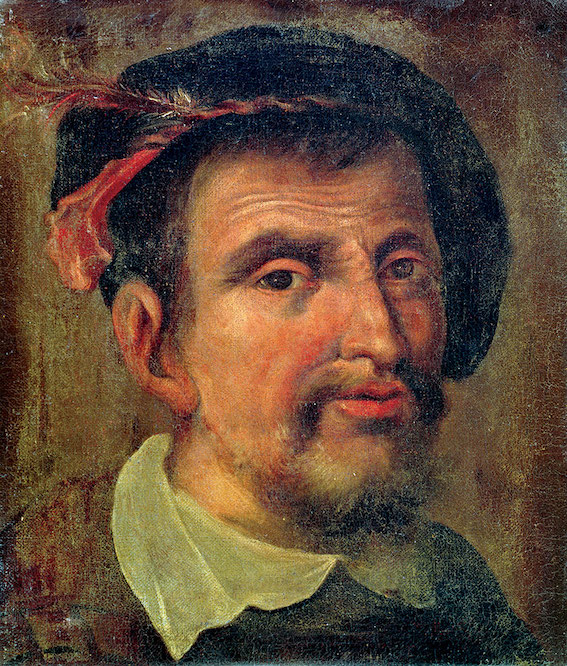
Having acquired over 15,000 printed books and manuscripts as well as around 3,200 sheets of prints by the time of his death in 1539, Hernando Colón is described as a “bibliomaniac” by Wilson-Lee in The Catalogue of Shipwrecked Books. The magnitude of Colón’s library was certainly unparalleled in his day. The importance of Colón’s collection is not just its size, however; as McDonald states “the classification systems that Ferdinand devised to catalogue and access his collections are unique”, and are considered by some scholars to have laid the foundations of modern library cataloguing systems. In addition to keeping a register of accessions, Colón had conceived four types of inventories to keep track of his books: a list of authors, a list of sciences (that is, subjects), a list of materials (that is, themes or keywords) and finally a list of epitomes, which contained detailed summaries of the contents of each of the books in the collection. All of these inventories could be cross referenced through numbers assigned to the books in each of the lists.
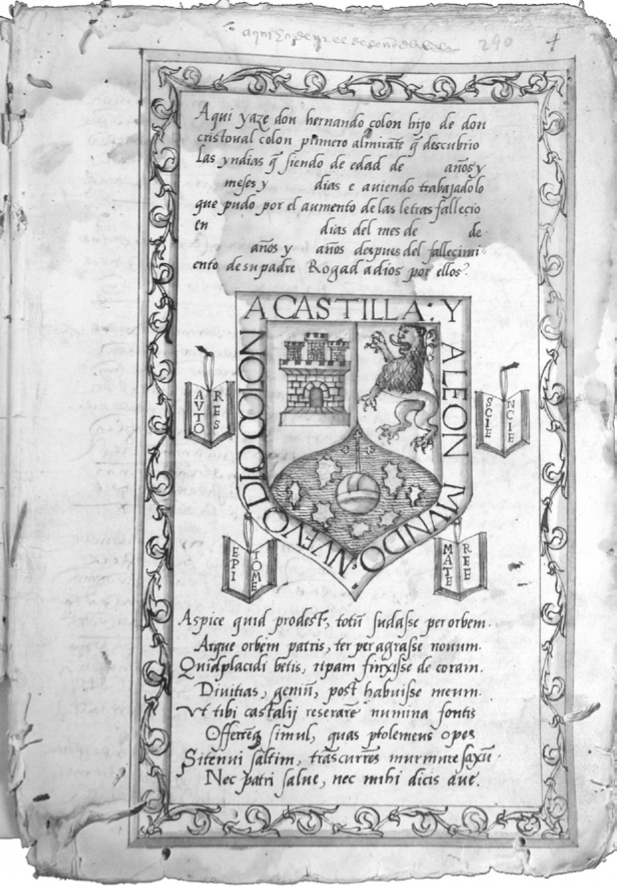
Following Colón’s death, Juan Pérez, his friend and ultimately the person in charge of his library, recorded how the library was organised in a document titled Memoria de las obras y libros de don Hernando Colón [Memorial of the Works and Books of Don Hernando Colón], in which he outlined the state of the collection as well as Colón’s wishes as to how it should be maintained and continued. The Memoria is preserved at the Real Biblioteca in Madrid. According to the Memoria, there were several manuscripts in different stages of drafting that contained the four inventories of the library, all of which were left unfinished at the time of Colón’s death. By this time, around 10,000 of Colón’s books are estimated to have been catalogued with complete descriptions. Pérez states that Colón employed abridgers, called sumistas, who were in charge of reading and summarising each book in the library; the records prepared by these sumistas would then go into the Libro de los Epítomes, after Colón himself had corrected and edited them. AM 377 fol. contains the clean copy of this Book of Epitomes, presumed lost until now. In the Memoria, the manuscript is described as the “big book with sheets in folio” and “written by hand” and with “good handwriting”, and there are further instructions to compare and correct its contents with another draft manuscript in quarto size with “very bad handwriting”. Along with other surviving inventories of the library and what remains of Colón’s collection, this quarto manuscript is preserved at the Biblioteca Colombina in Seville, but contains summaries of only about 500 items.
In explaining what is required to be done to complete the work with regard to the Book of Epitomes, Pérez states that “although I have said that the epitomes that are edited must be corrected, this does not apply to all of them, since some are already corrected. These epitomes have the word vidi written in the margin, what means that such an epitome has been checked and corrected. Finally, there are others that were corrected by my master [Hernando Colón] and by myself, and they are not marked, though they can be distinguished because some parts of them have been erased and corrected in the margin.” Written very neatly by several scribes, AM 377 fol. contains many records with such corrections as described by Pérez, including several annotations of vidi, meaning “I have seen” in English.
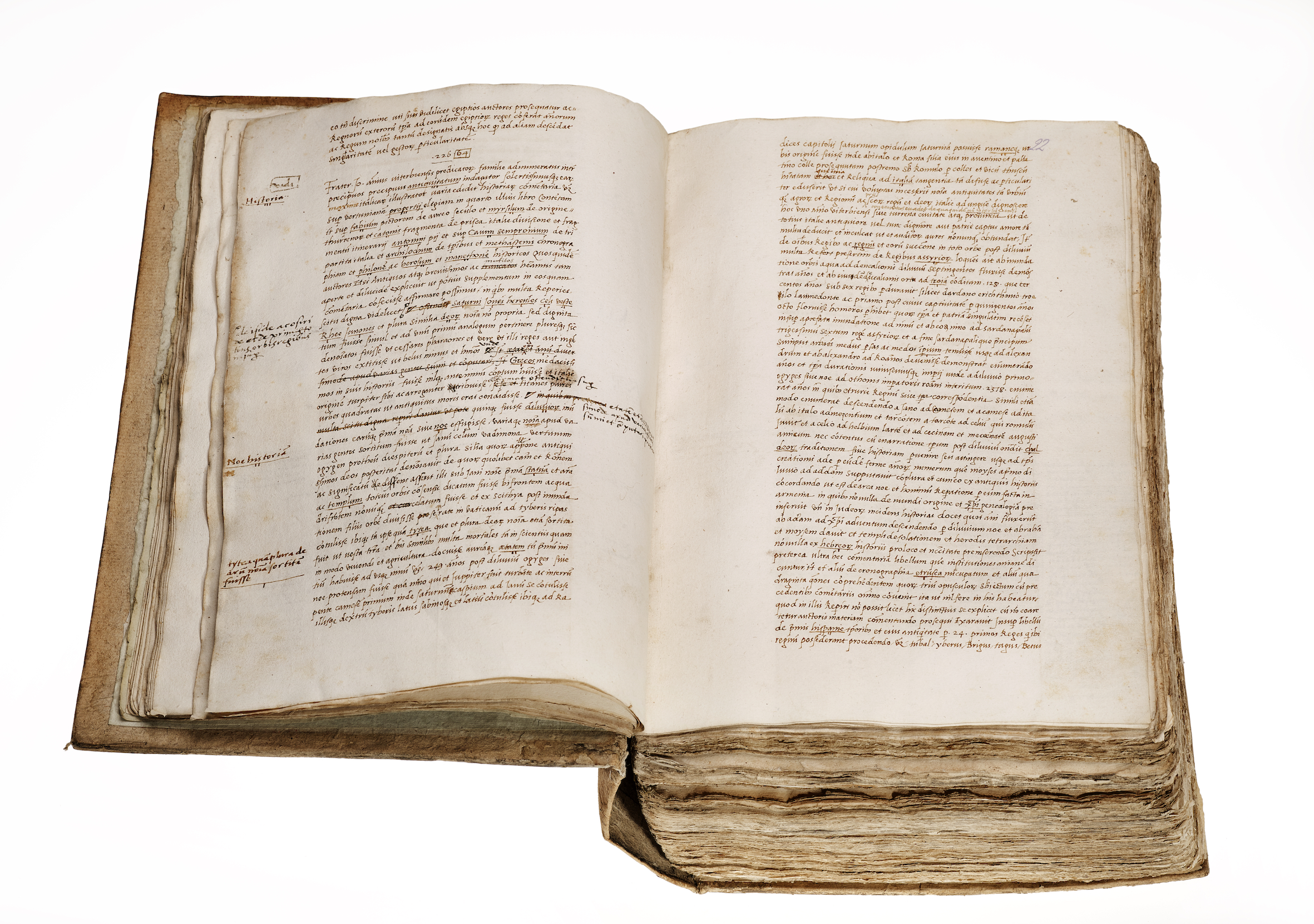
The identification of AM 377 fol. as Colón’s Libro de los Epítomes has significant implications for scholars of the early modern period. Not only do we now have a better understanding of some of the holdings of Colón’s library, we also have commentaries on approximately two thousand books from the perspective of the sixteenth-century reader. Furthermore, a number of the books that are epitomised in this manuscript may not have survived to the modern day, making these summaries potentially the only records that we have of such books. The contents of the manuscript are expected to attract further interest from scholars who work on multilingualism in the sixteenth century, as all the summaries contained in El Libro de los Epítomes are composed in Latin even though the works in question may have been written in a vernacular language such as Italian or Spanish.
From Seville to Copenhagen: Why Did AM 377 fol. Come to Light Now?
It is not surprising that AM 377 fol. has remained unrecognised as the catalogue of Colón’s library until now. There is no identifying mark on the manuscript that could indicate any relation whatsoever to Hernando Colón or any of his contemporaries. The current binding of the manuscript, made up of grey cardboard, dates back to the mid-eighteenth century. According to historical records kept at the Arnamagnæan Institute, the conservator of the collection, Natasha Fazlic, believes the existing binding was replaced by Matthias Larsen Bloch, who is known to have bound several of the manuscripts in the collection in the 1770s.
As the manuscript is in Latin, it is also difficult to establish a specific place of production. In fact, Professor Driscoll was the first to classify the manuscript as originating from Spain along with some twenty other manuscripts in the Arnamagnæan Collection. Furthermore, the manuscript is acephalous, meaning that the beginning is missing, probably at least 100 folios. In its present state it begins in the middle of an epitome, record no. 140, which deals with the Periochae Homeri Iliadis et Odyssiae, itself a late antique epitome of the Iliad and the Odyssey of Homer, attributed to the fourth-century author Ausonius. There is no title page or rubric or any other explanation as to what the contents or the purpose of the book are. The manuscript ends with record no. 2330, with some missing leaves (and missing epitomes of books) in the middle; altogether, then, it contains summaries in Latin of close to 2000 books, ranging in length from half a page to around 30 pages.

As mentioned, AM 377 fol. is one of nearly two dozen manuscripts of Spanish origin in the Arnamagnæan Collection. Unfortunately, there is no record as to how any of these manuscripts, including AM 377 fol., became part of the Collection. It is listed as “De variis authoribus, eorumque scriptis judicia” [On various authors and judgements on their writings] in the old manuscript catalogues of the Arnamagnæan Collection prepared by Jón Ólafsson of Grunnavík after Árni Magnússon’s death in 1730. The same description is given in Kålund’s Katalog some hundred and fifty years later, summarised in Danish as “Udførligt (ikke nordisk) forfatter-lexicon, på Latin” [Comprehensive dictionary of (non-Nordic) authors, in Latin].
Along with sixteen other manuscripts from the Collection, we believe AM 377 fol. was owned by Cornelius Pedersen Lerche (1615–1681). Lerche was the Danish ambassador to Spain between 1650 and 1653 and then again between 1658 and 1662, during which period he is known to have collected a large number of books and manuscripts. Some of Lerche’s printed books along with what is thought to be a small portion of his manuscript collection were auctioned off the year after his death. The description of AM 377 fol. in the oldest catalogues of the Arnamagnæan Collection matches the description of the folio manuscript no. 10 in the catalogue of this auction, which was printed in 1682. Other than this, there is no record known to us about the existence of the manuscript in collections in Denmark. It is known, however, that several Danish book collectors had purchased manuscripts in/from Spain during the seventeenth century, including the members of the famous Rozenkrantz family, most notably Jens Rosenkrantz (1640–1695), from whose collection Árni Magnússon is known to have acquired other manuscripts.
We do not know exactly what happened to El Libro de los Epítomes after Colón’s death in 1539 either. Even though there were provisions with regard to the maintenance and continuance of the library in Colón’s will, after several years of contestation regarding the ownership of the library following his death, the collection was finally handed over to the Cathedral of Seville in 1552. By this time, however, it is thought that about half of the books were already dispersed. It seems not unlikely that by 1627, if not before, the manuscript had already left the Seville Cathedral Library, if it was ever there in the first place. The reason for this specific dating is that a signature or shelfmark on the first folio of AM 377 fol. that reads “E·.5” matches a record in another inventory dated to 1627 of another famous book collector in Spain, Gaspar de Guzmán (1587–1645), 1st Duke of Sanlúcar and 3rd Count of Olivares. Known as the Count-Duke of Olivares, Gaspar de Guzmán was a member of the royal court of King Philip IV of Spain and served as prime minister between 1621 and 1643.

Reported to have been compiled by P. Lucas de Alaejos and completed in 1627, the inventory of Gaspar de Guzmán’s library consists of around 1,500 manuscript codices. The entry that corresponds to our manuscript reads: “Bibliotheca virorum illustrium et opera quae scripserunt, mangus [sic] codex 2.330 auctorum. fol.” [The library of distinguished men and the works they have written, a large book of 2330 authors. Folio.]. Considering not only that the signature of the manuscript matches that of the entry but also that the last record number in our manuscript, as it stands, is 2330, there can hardly be any doubt that this entry denotes our manuscript, AM 377 fol. The most significant aspect of this little discovery is that it shows not only that the manuscript had already been separated from the rest of Colón’s collection by this time, but that the first few gatherings were already lost while the manuscript was still in Spain, along with the connection to the famous library of Hernando Colón.
With this recent identification of AM 377 fol. as the Libro de los Epítomes of Hernando Colón we expect further studies to be conducted on the manuscript itself and the epitomes contained in it in the near future. Digital images and, hopefully, a full transcription, will be made available as soon as is feasible. A detailed catalogue description of AM 377 fol. may be found on Handrit, which will be updated as new studies are published.
Contact
 N. Kıvılcım Yavuz is Postdoctoral Research Associate at the Arnamagnæan Institute.
N. Kıvılcım Yavuz is Postdoctoral Research Associate at the Arnamagnæan Institute.
Kıvılcım is currently working on an article, “Manuscripts in the Arnamagnæan Collection from the Library of Gaspar de Guzmán, Count-Duke of Olivares”, which will appear in Opuscula.
Bibliography:
Andrés, Gregorio de. “Historia de la Biblioteca del Conde-Duque de Olivares y descripición de sus códices, I: Formación.” Cuadernos Bibliográficos 28 (1972): 131–42.
Andrés, Gregorio de. “Historia de la Biblioteca del Conde-Duque de Olivares y descripición de sus códices, II: Dispersion.” Cuadernos Bibliográficos 30 (1973): 5–73.
Driscoll, Matthew James. “A Spanish Rarity [AM 795 4to].” In 66 Manuscripts from the Arnamagnæan Collection. Ed. by Matthew James Driscoll and Svanhildur Óskarsdóttir. Copenhagen: Museum Tusculanum Press, 2015. 162–65.
Driscoll, Matthew James. “Spænsk handrit í safni Árna Magnússonar.” In Spánn/Ísland – Ísland/Spánn: Tengsl landanna í tímans rás. Ed. by Kristín Guðrún Jónsdóttir and Erla Erlendsdóttir. Reykjavík: Háskólaútgáfan, forthcoming in 2019.
Kålund, Kristian. Katalog over den Arnamagnæanske håndskriftsamling. 2 vols. Copenhagen: Gyldendalske Boghandel, 1888–1894.
Lerche, Peder, ed. Catalogus selectissimorum librorum omnium facultatum [et] linguarum, nobilissimi et illustrissimi domini b[ene] m[eriti] Cornelii Lerke. Copenhagen: Literis Conradi Hartvigi Neuhofi, 1682.
McDonald, Mark P. Ferdinand Columbus, Renaissance Collector (1488–1539). London: British Museum Press, 2005.
McDonald, Mark P. The Print Collection of Ferdinand Columbus, 1488–1539: A Renaissance Collector in Seville. 2 vols. London: The British Museum Press, 2004.
Sherman, William H. “A New World of Books: Hernando Colón and the Biblioteca Colombina.” In For the Sake of Learning: Essays in Honor of Anthony Grafton. 2 vols. Ed. by Ann Blair and Anja-Silvia Goeing. Leiden: Brill, 2016. I: 404–14.
Springborg, Peter. “The Work of Conservation at the Arnamagnæan Institute.” In Care and Conservation of Manuscripts: Proceedings of the First International Seminar on the Care and Conservation of Manuscripts Held at the University of Copenhagen 25th-26th April 1994. Ed. by Gillian Fellows-Jensen and Peter Springborg. Copenhagen: The Royal Library, 1995. 41–52.
Wilson-Lee, Edward. The Catalogue of Shipwrecked Books: Young Columbus and the Quest for a Universal Library. London: William Collins, 2018.
Below are some of the news stories in recent days about this significant find, AM 377 fol., El Libro de los Epítomes that belonged to Hernando Colón:
El Independiente de Granada (in Spanish)

